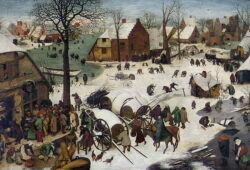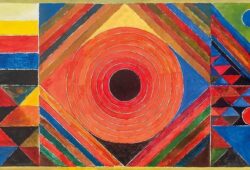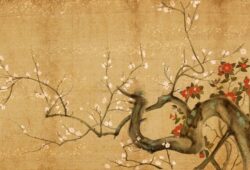Henri Matisse: Reviving the Essence of Colour and Form
 Posted On
Posted On
Henri Matisse, a renowned French visual artist, left an indelible mark on the world of modern art with his innovative use of colour, form, and composition. Throughout his prolific career, Matisse challenged conventional artistic norms and became a prominent figure in the Fauvism movement. This article explores the life, influences, and enduring legacy of this master of colour, highlighting how his bold and expressive style continues to inspire artists and art enthusiasts worldwide.
Early Life and Formative Years
Henri Émile Benoît Matisse was born on December 31, 1869, in Le Cateau-Cambrésis, a small town in northern France. Despite his conservative family’s hopes for him to pursue a legal career, Matisse’s passion for art led him to attend the Académie Julian in Paris. Here, he studied the works of the old masters and met fellow artists who would play a significant role in shaping his artistic journey.
Fauvism and the Liberation of Colour
In the early 20th century, Matisse co-founded the Fauvism movement along with André Derain. The name “Fauvism” (meaning “wild beasts”) was coined due to the artists’ bold use of colour and untamed, expressive brushwork. Rejecting naturalistic colours, Matisse and his contemporaries employed vibrant and non-representational hues to evoke emotions and liberate art from traditional constraints. His paintings, such as “Woman with a Hat” (1905), ignited both admiration and controversy among art critics and the public.
A Quest for Expression
Matisse’s work evolved through various phases, as he constantly experimented with different styles and techniques. His interest in primitivism and exotic cultures, influenced by travels to North Africa and Spain, can be seen in paintings like “Le bonheur de vivre” (The Joy of Life) (1905-1906), where he depicted human figures in a harmonious, almost paradisiacal setting.

Later, Matisse delved into paper cutouts, a phase he referred to as “painting with scissors.” These cutouts, like “Blue Nude II” (1952), demonstrated his continued pursuit of expression and simplicity, showcasing a harmonious coalescence of colour and form.
Chapel of the Rosary: A Masterpiece of Spiritual Art
One of Matisse’s most exceptional achievements was the creation of the Chapelle du Rosaire de Vence (Chapel of the Rosary) in Vence, France. The chapel, completed in 1951, was a commission from Sister Jacques-Marie, a nurse who cared for the artist during a period of illness. Matisse designed every aspect of the chapel, from the stained-glass windows to the priests’ vestments, resulting in an awe-inspiring integration of art and spirituality.
Enduring Legacy
Henri Matisse’s artistic legacy continues to thrive long after his passing in 1954. His influence can be seen in the works of countless artists, both contemporary and from his time. His use of colour and form paved the way for subsequent generations of artists to explore new dimensions of self-expression.
Additionally, Matisse’s emphasis on the essential elements of art and the liberation of colour inspired the development of various art movements, such as Abstract Expressionism and Colour Field Painting. His fearless approach to pushing artistic boundaries resonates with artists seeking to challenge the status quo and communicate emotions through their work.
Henri Matisse, the French visual artist who redefined the power of colour and form, left an indelible mark on the world of modern art. Through his revolutionary work in the Fauvism movement and his exploration of diverse artistic mediums, Matisse remains an iconic figure in art history. His legacy endures through the continued appreciation and adoration of his masterpieces, as his art continues to captivate and inspire the world.



